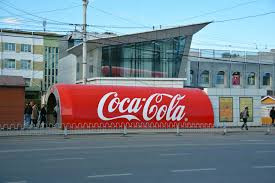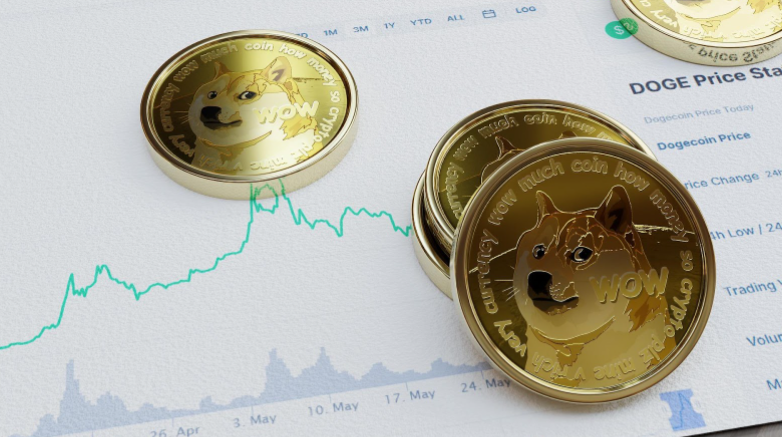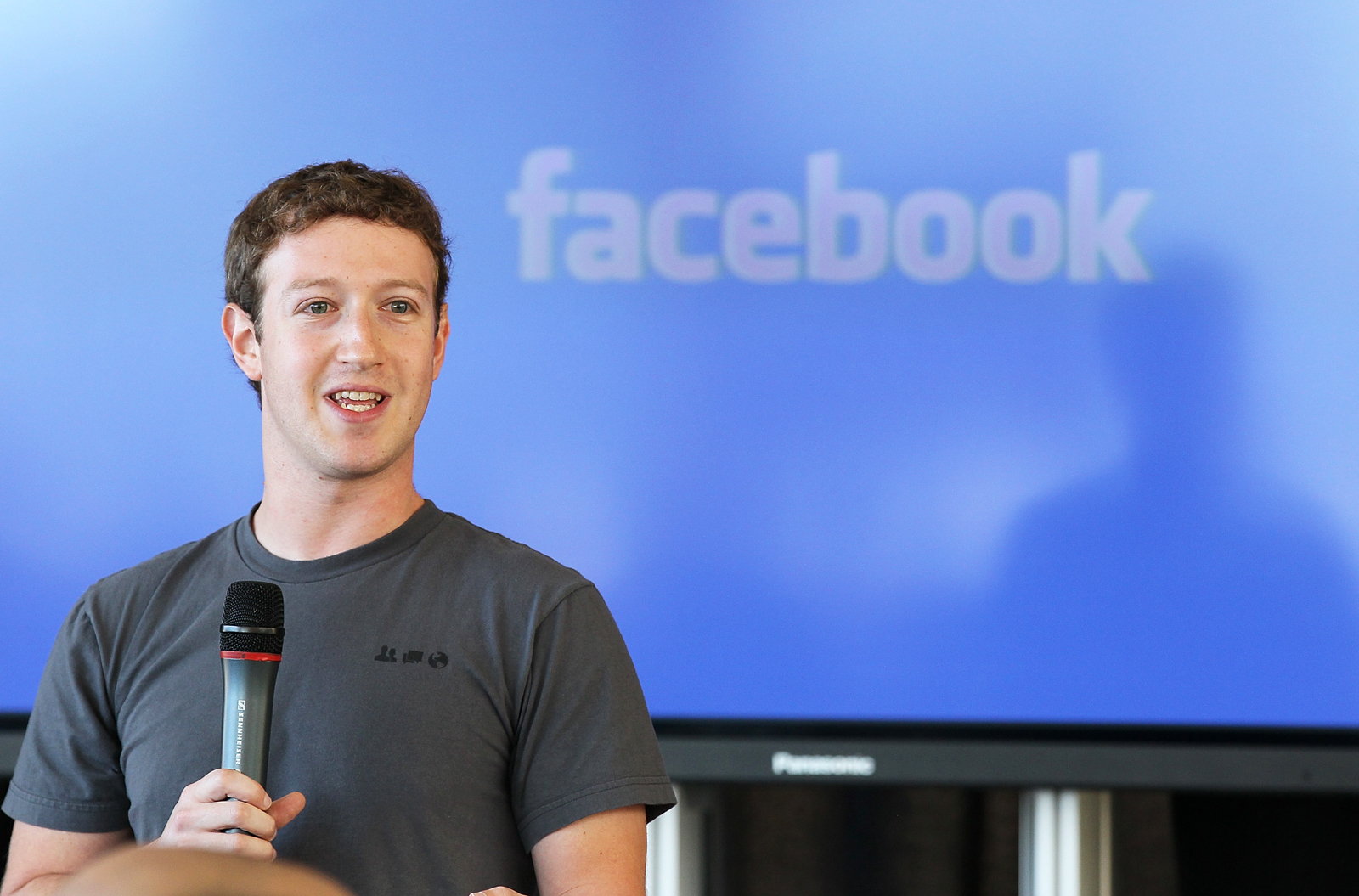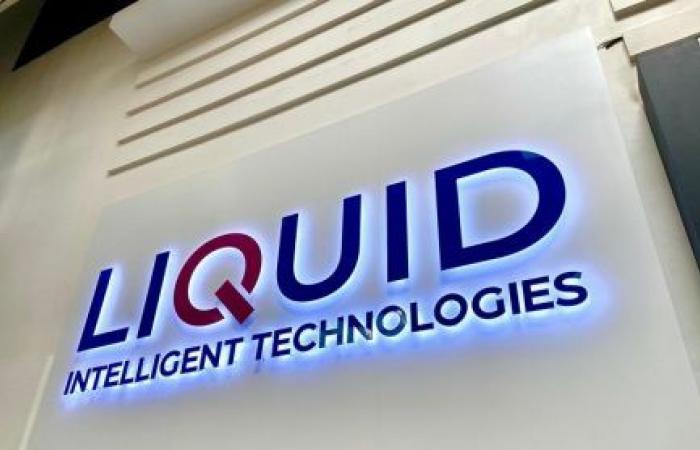
In today’s competitive world, businesses must think outside the box to survive and thrive.
Traditional methods of marketing, such as television, radio and print advertising are not always effective in a rapidly evolving digital era.
With globalisation and the internet providing access to millions of businesses worldwide, Zimbabwean companies must adopt innovative and cost-effective marketing strategies to stand out.
One such strategy is guerrilla marketing, a creative and unconventional approach that captures consumer attention in unexpected ways.
Guerrilla marketing is a strategy that relies on surprise, creativity and originality rather than huge financial investment.
Coined by Jay Conrad Levinson in the 1980s, this marketing method is particularly effective for businesses with limited budgets. The idea is to create a lasting impression by engaging customers in unexpected ways.
Unlike traditional advertising, which depends on direct persuasion through repetitive messaging, guerrilla marketing disrupts conventional thinking and sparks curiosity, engagement and brand recall.
For businesses in Zimbabwe, especially those operating in towns, guerrilla marketing provides a cost-effective means of reaching customers. The highly competitive environment, where local businesses compete with international companies on the internet, necessitates a shift in marketing tactics.
- Mavhunga puts DeMbare into Chibuku quarterfinals
- Bulls to charge into Zimbabwe gold stocks
- Ndiraya concerned as goals dry up
- Letters: How solar power is transforming African farms
Keep Reading
Zimbabwean businesses face numerous challenges, including competition from global companies. Traditional advertising can be expensive and may not always yield the desired results.
In contrast, guerrilla marketing requires minimal financial resources but a high level of creativity. It can be executed on social media, in public spaces or through unexpected campaigns that generate buzz and encourage word-of-mouth promotion.
With the rise of digital marketing, social media platforms such as Facebook, WhatsApp, X and TikTok have become powerful tools for guerrilla marketing. Businesses can leverage on these platforms to create viral campaigns that attract attention without spending exorbitant amounts on advertising.
Below are some examples of guerrilla marketing:
Some businesses in Zimbabwe have successfully used street art as a marketing tool. A great example is the murals painted in Harare’s CBD by local artists to promote brands. These eye-catching artworks not only beautify the city but also serve as advertisements that are hard to ignore. Companies can commission artists to paint their logos or product images in high-traffic areas to enhance visibility.
Flash mobs or street theatre — where a group of people suddenly perform an act in public before dispersing — are an excellent guerrilla marketing tactic. Zimbabwean businesses, especially in the entertainment and retail sectors, have used flash mobs to promote products and services. For example, a mobile network provider could organise a flash mob along First Street in Harare to demonstrate the speed of their internet service, generating curiosity and discussion on social media.
The success of viral challenges on social media shows that Zimbabwean businesses can tap into this trend. A local beverage company, for instance, can introduce a drinking challenge where customers record themselves drinking their product in creative ways. The best videos can be rewarded with prizes, encouraging participation and organic brand promotion.
Guerrilla marketing thrives on the element of surprise. Businesses in Zimbabwe have adopted the practice of distributing free samples in busy areas. A food brand, for example, can offer free tastings at commuter ranks or along busy streets, ensuring that potential customers get to experience the product firsthand.
Some companies have used interactive installations to attract attention. For example, a fitness company in Harare could place a special bench at a bus stop that allows people to do squats while waiting for transport. A sensor could count the number of squats and offer a discount voucher for the gym. This not only promotes the business, but also engages the public in a memorable way.
Instead of traditional influencer marketing, organisations can collaborate with local social media personalities in unexpected ways. A clothing brand, for example, can challenge influencers to wear their designs in an unusual manner — perhaps wearing a jacket backward —and encourage followers to do the same for a chance to win free merchandise. This adds an element of humour and virality, making the campaign more engaging.
Many businesses have used stickers as a low-cost but effective guerrilla marketing technique. Placing well-designed stickers in strategic locations, such as kombis, streetlight poles and market stalls, can keep a brand in the public eye. A company selling phone accessories can place stickers with witty messages on, for example, Zupco buses, attracting attention while keeping costs low.
Unlike traditional graffiti, reverse graffiti involves cleaning a dirty surface in a specific pattern to reveal an advertisement. Companies that manufacture detergents can use this method on dusty walls or pavements in the city, ensuring their message stands out while maintaining an environmentally friendly approach.
With the continuous growth of technology and digital platforms, guerrilla marketing will become more effective in Zimbabwe.
Businesses that take advantage of this approach benefit from higher engagement, increased brand visibility and cost saving.
However, the success of guerrilla marketing depends on creativity, timing and execution. The best campaigns blend humour, surprise and relevance to the target audience.
Zimbabwean businesses must embrace guerrilla marketing to remain competitive in a tough economic environment.
By leveraging on unconventional strategies, companies can stand out in the crowded marketplace, attract attention without excessive spending and create memorable brand experiences. Whether through viral social media challenges, street art or public stunts, guerrilla marketing has the potential to transform the way businesses engage with consumers in Zimbabwe. The key lies in innovation, adaptability and the courage to think differently.
- Cliff Chiduku is the director of marketing, information and public relations at Manicaland State University of Applied Sciences in Mutare. He writes here in his personal capacity. He can be contacted on cchiduku@gmail.com or call/app +263775716517.










